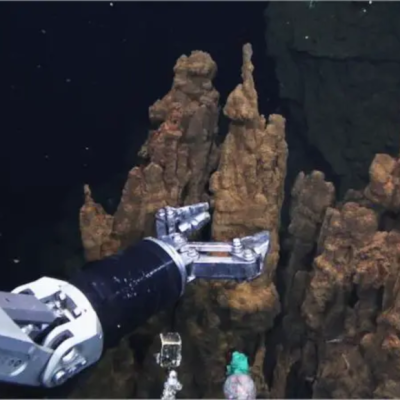In the early universe, planets with dense ozone layers could form, providing protection for the atmosphere and serving as a prerequisite for complex life. However, as the universe ages, it becomes increasingly hostile to life. Scientists from the University of Göttingen, the Max Planck Institute for Solar System Research (MPS), and the Max Planck Institute for Chemistry (MPI C) have analyzed which stars are most promising for the search for extraterrestrial life. They examined how the composition of stars affects the formation of protective ozone layers around their planets. Ozone layers made up of three oxygen atoms, like Earth’s, protect life from cell-damaging UV radiation and are therefore a prerequisite for the emergence of complex life.
According to their publication in the journal Nature Communications, the researchers discovered a correlation between the so-called metallicity of stars and the formation of protective ozone layers on their planets. Stars that contain fewer heavy elements emit more hostile UV radiation but also enable the formation of dense ozone layers on their planets. Planets orbiting stars with more heavy elements, on the other hand, only have thin protective ozone layers. The researchers also found that ultraviolet radiation with oxygen can destroy ozone as long-wavelength UV-B radiation but can also create ozone as short-wavelength UV-C radiation. The exact ratio depends on the metallicity of the stars, i.e., the proportion of heavy elements. Stars that contain hardly any heavy elements, i.e., are metal-poor, emit predominantly UV-C radiation, allowing their planets to form dense ozone layers. In contrast, metal-rich stars emit more UV-B radiation, and the protective ozone layer cannot form as strongly.
Unexpectedly, the study also shows that the universe becomes increasingly hostile to life as it ages because the composition of newly forming stars changes. Heavy elements are formed inside dying stars, including all elements except helium and hydrogen. Each new generation of stars has a higher metallicity, which increasingly prevents the formation of protective ozone layers around their planets. Therefore, the universe is constantly becoming more hostile to life until eventually, no planet will have an ozone layer.










